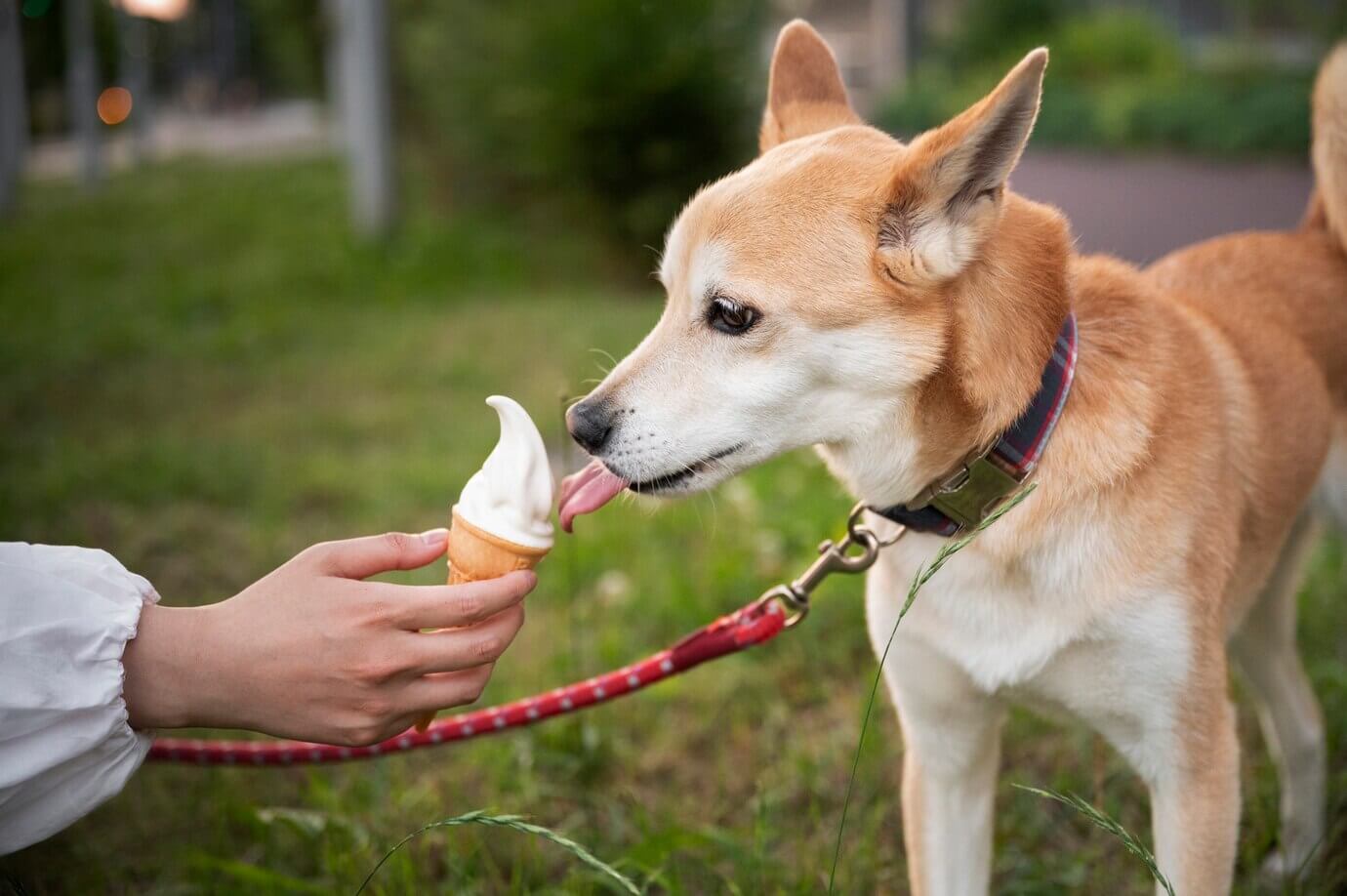“4 Best Types of Dog Food: Pros, Cons, and How to Choose the Right Diet for Your Dog“

Selecting the proper food for your dog is crucial for supporting its health and vitality. A dog’s nutritional needs vary based on age, breed, and activity level. A balanced diet ensures your pet’s long and healthy life, as the diet should include proteins, healthy fats, vitamins, and essential minerals.
Table of Contents
1. Dry Food (Kibble)
A well-balanced diet supports your pet’s overall health and longevity by supplying essential proteins, healthy fats, vitamins, and minerals.
Pros:
- Provides all essential nutrients in a well-balanced formula that promotes overall health.
- Easy to store and has a long shelf life without requiring refrigeration.
- Helps clean teeth and reduce tartar buildup, promoting better oral health.
- More cost-effective compared to wet food, making it a budget-friendly option for pet owners.
- Comes in a variety of flavors and formulations to meet different dietary requirements.
Cons:
- Has a low moisture content, potentially leading to dehydration if the dog doesn’t stay hydrated.
- Some commercial brands may contain preservatives and artificial colors, so choosing high-quality products is essential.
- Some dogs, especially small breeds or senior dogs, may have difficulty chewing kibble.
2. Wet Food (Canned Food)
Wet food has a soft texture and strong aroma, making it a great choice for dogs with reduced appetite.
Pros:
- High moisture content helps keep dogs hydrated and reduces the risk of kidney problems.
- Its rich flavor is ideal for picky eaters or dogs with chewing difficulties.
- Rich in protein and healthy fats, supporting skin and coat health.
Cons:
- Short shelf life after opening; must be stored in the refrigerator.
- Generally more expensive than dry food, especially when used as a daily meal.
- Does not help clean teeth like dry food, which may contribute to tartar buildup.
3. Raw Food (BARF Diet)
Raw food consists of raw meat, bones, and organs, closely resembling a dog’s natural diet in the wild.
Pros:
- High in natural proteins and fats, promoting muscle health and a strong immune system.
- Free from preservatives and artificial additives.
- Improves coat condition and may reduce skin allergies.
Cons:
- Risk of bacterial contamination (e.g., Salmonella, E. coli), requiring careful handling and storage.
- Nutritional imbalances may occur if not prepared correctly, leading to deficiencies.
- Can be costly and requires proper storage to maintain freshness.
4. Homemade Cooked Food
Some pet owners prefer cooking their dog’s food to ensure quality and control over ingredients.
Pros:
- Full control over ingredients, helping avoid harmful additives.
- Can be prepared with fresh, high-quality ingredients tailored to the dog’s needs.
- Suitable for dogs with allergies or digestive issues.
Cons:
- Requires veterinary guidance to ensure proper nutrient balance, including essential vitamins and minerals.
- More time-consuming and labor-intensive compared to commercial options.
- It may be costly due to the use of fresh, high-quality ingredients.
Tips for Selecting the Best Food for Your Dog
- Age: Puppies require protein- and energy-rich food for growth, while adult dogs need balanced nutrition. Senior dogs may need food that supports joint and bone health.
- Health Conditions: Some dogs suffer from allergies, kidney disease, or obesity, necessitating specialized diets.
- Activity Level: Dogs with high energy levels require calorie-dense food, while less active dogs need a lower-fat diet to avoid weight gain.
- Personal Preferences: Some dogs favor wet food instead of dry food. Experiment with different types to determine your dog’s preference.
- Quality: Choose high-quality food with natural ingredients, free from harmful preservatives.
General Feeding Tips for Dogs
- Always provide fresh, clean water, especially if feeding dry food.
- Introduce dietary changes gradually over a week to prevent digestive issues.
- Avoid feeding harmful foods such as chocolate, onions, garlic, and grapes, as they can be toxic.
- Stick to a regular feeding schedule to prevent obesity or loss of appetite.
- Consult a veterinarian regularly to ensure your dog’s nutritional needs are met.
- Store food properly according to packaging instructions to maintain quality and safety.
Conclusion
Choosing the right food for your dog depends on its health, age, and activity level. A combination of different food types can provide a well-balanced diet with all essential nutrients. Consulting a veterinarian is crucial to determining the best dietary plan for your pet, ensuring a long and happy life.
By following proper feeding guidelines, you can enhance your dog’s quality of life and provide the necessary energy for daily activities. Always opt for high-quality, well-balanced meals to keep your dog healthy and thriving.
